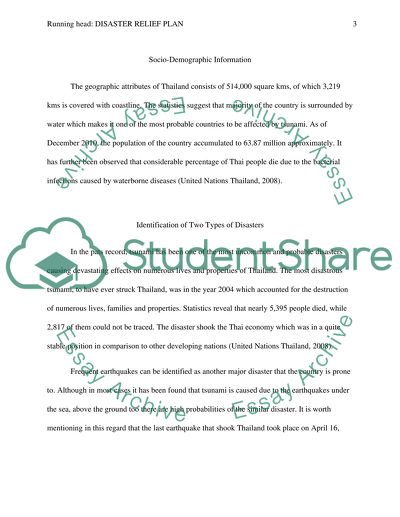Cite this document
(“Disaster Relief Plan Essay Example | Topics and Well Written Essays - 1250 words”, n.d.)
Disaster Relief Plan Essay Example | Topics and Well Written Essays - 1250 words. Retrieved from https://studentshare.org/health-sciences-medicine/1455908-disaster-relief-plan
Disaster Relief Plan Essay Example | Topics and Well Written Essays - 1250 words. Retrieved from https://studentshare.org/health-sciences-medicine/1455908-disaster-relief-plan
(Disaster Relief Plan Essay Example | Topics and Well Written Essays - 1250 Words)
Disaster Relief Plan Essay Example | Topics and Well Written Essays - 1250 Words. https://studentshare.org/health-sciences-medicine/1455908-disaster-relief-plan.
Disaster Relief Plan Essay Example | Topics and Well Written Essays - 1250 Words. https://studentshare.org/health-sciences-medicine/1455908-disaster-relief-plan.
“Disaster Relief Plan Essay Example | Topics and Well Written Essays - 1250 Words”, n.d. https://studentshare.org/health-sciences-medicine/1455908-disaster-relief-plan.


